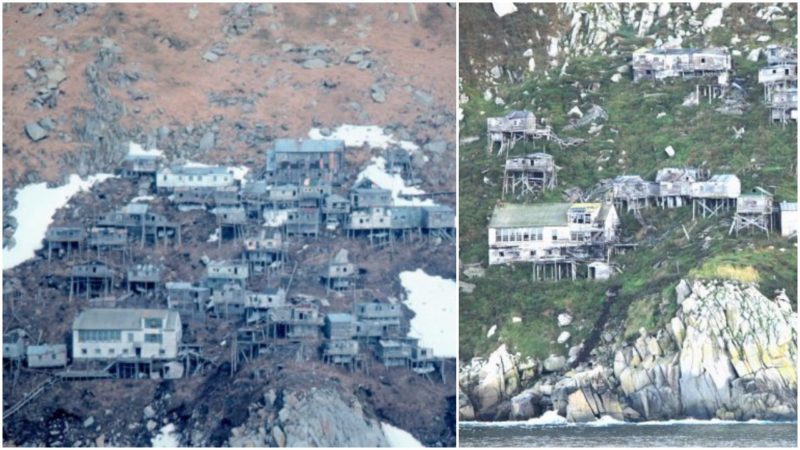King Island is a small piece of land–about 1.5 kilometers wide–almost round in shape with slopes on all sides. It is located 64 kilometers off the Alaskan shore in the Bering Sea. It was named by James Cook, the first European to discover it, after a member of his crew, Lt. James King.
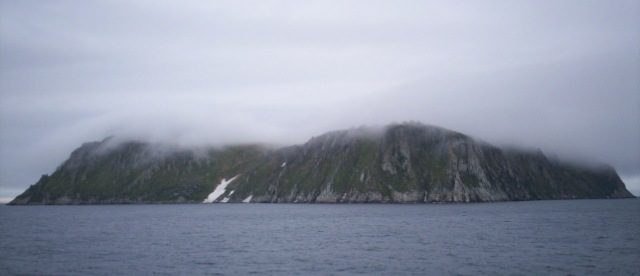
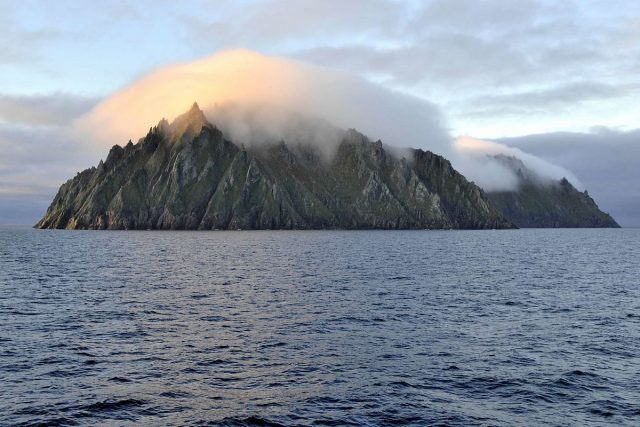
Once the island was home to a group of around 200 Inupiat people, who called themselves Aseuluk, or “people of the sea” or Ukivokmiut, from Ukivok – the name of their village on the island and “miut”, meaning “people of” or “group of people of”.
They built the village of Ukivok on one of the slopes of the Island to be close to the shore and the sea. Their houses can be divided into two categories: summer and winter houses. The summer houses were constructed out of walrus hide and wood, while the winter houses were built of stone.
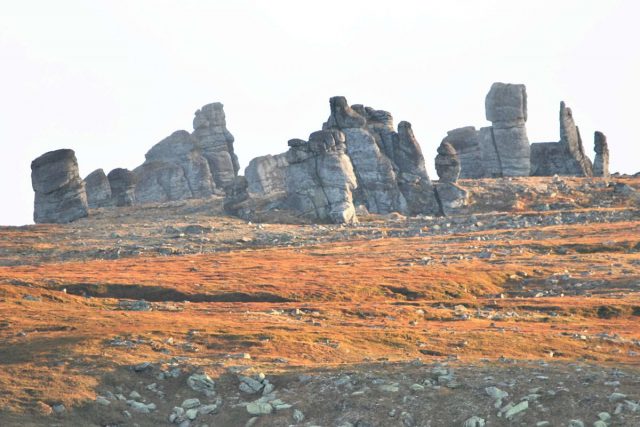
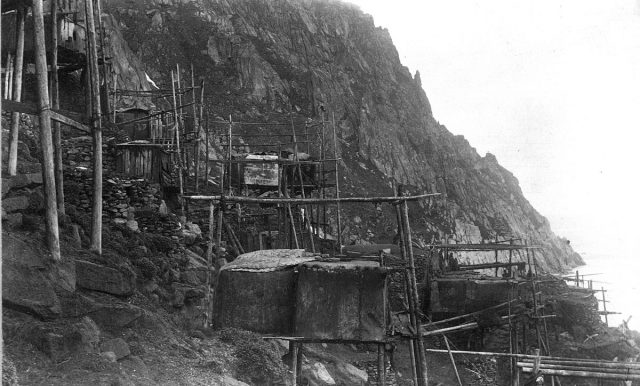
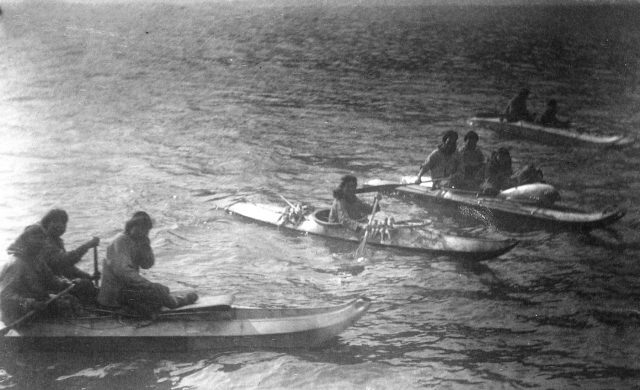
During the summer, Inupiats engaged in hunting and gathering on Kings Island and on the mainland of Alaska. The summer was very important time for gathering resources and that time had to be used efficiently. Their winters were spent in subsistence hunting of seals and walruses, crab fishing, and gathering bird eggs from the cliffs.
But most importantly, the winter in Ukivok was known as the time of dance. In winter, the days were dark and time was spent dancing in the men’s communal house – “Qagri”. The month of December for the Ukivokmiut people is the month of drums or the time for drumming.
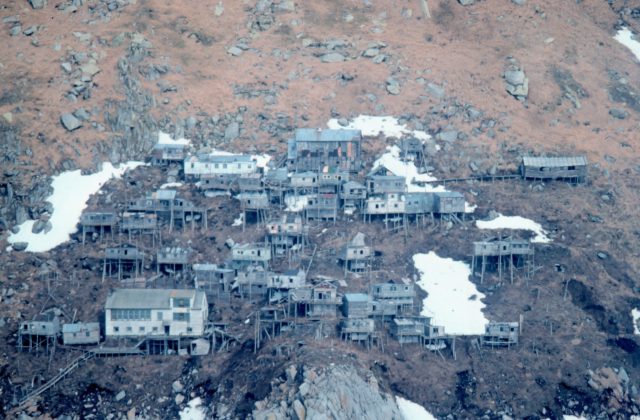
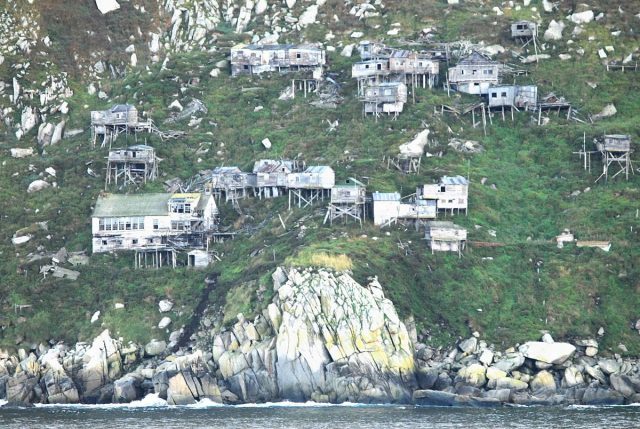
In the mid-1900’s, the infamous Bureau of Indian Affairs forcefully closed the school in the village of Ukivok thus forcing all the children to go to school on mainland Alaska. This had a great effect on the life of the villagers because, without help from their children through the summer, they couldn’t gather all the resources to survive the winter.
Eventually, all of them migrated to Alaska’s mainland and left the village of Ukivok standing empty on the slopes of Kings Island. In spite of being abandoned for 60-70 years now, the village still stands strong and tall, clinging to the cliffs beaten by the Bering Sea’s cold waves, looking like someone just left it last year and that they will return next summer.
